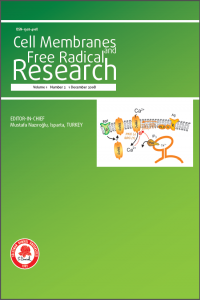Unifying Mechanism for Eye Toxicity: Electron Transfer, Reactive Oxygen Species, Antioxidant Benefits, Cell Signaling and Cell Membranes
Abstract
Eye toxicity comprises an important part in the category of insults to major organs. There is considerable literature comprising industrial chemicals, atmospheric pollutants, metals, pesticides, therapeutic drugs, abused drugs and household chemicals. The list includes both endogenous and exogenous materials. The various constituents of the eye are affected. This review provides extensive evidence for involvement of oxidative stress (OS) and electron transfer (ET) as a unifying theme. Successful application of the mechanistic approach is made to all of the main classes of toxicants, in addition to large numbers of miscellaneous types. We believe it is not coincidental that the vast majority of these substances incorporate ET functions(quinone, metal complex, ArNO2, or conjugated iminium) either per se or in metabolites, potentially giving rise to reactive oxygen species (ROS) by redox cycling. Some categories, e.g., peroxide and radiation, appear to generate ROS by non-ET routes. Beneficial effects of antioxidants are documented extensively, in addition to literature on cell signaling.
Details
| Primary Language | English |
|---|---|
| Journal Section | Original Articles |
| Authors | |
| Publication Date | August 13, 2013 |
| Published in Issue | Year 2008 Volume: 1 Issue: 2 |


